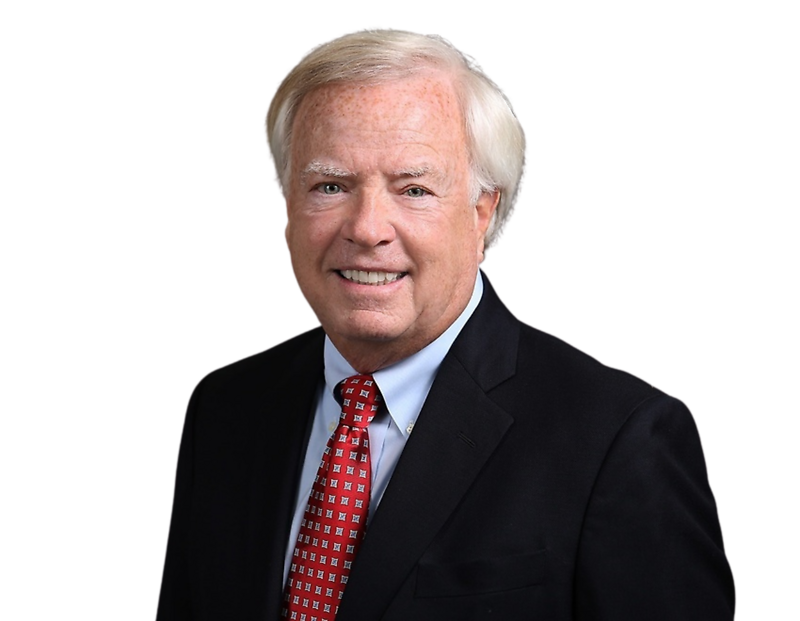OSHA issues regulation allowing non-employee third parties to participate in inspections
The Occupational Safety and Health Administration has just finalized its regulation regarding who can participate in an OSHA inspection. The agency is permitting a third party to accompany a Compliance Officer during an inspection if the Compliance Office determines that good cause has been shown that the third party representative is “reasonably necessary," which OSHA interprets to mean that the third party would make either a “positive contribution” to or even just “aid” in the inspection. This guidance obviously creates very broad discretion to be exercised by the OSHA Compliance Officer. This has been, and will continue to be, a very controversial regulation that will no doubt result in many legal challenges.
The issue is actually an old one. OSHA first attempted to institute such a policy through an interpretation letter ten years ago, but that policy was struck down in court. This time, the agency has gone through the formal rulemaking process. The new regulation revises 29 CFR Part 1903.8 and will allow employees to designate a non-employee third party to accompany the Compliance Officer during the inspection and participate in the opening and closing conferences.
The stated purpose of the regulation is that a third party may have knowledge or experience with the hazards or conditions that may be present in the workplace being inspected or in similar workplaces, or the third party may have language or communication skills that would make the inspection more effective. However, opponents of the regulation argue that it is designed to benefit unions that may be trying to organize the workplace and that the presence of a third party raises security and other concerns.
In announcing the regulation, the agency included a number of Frequently Asked Questions. One FAQ asks, “How many employees are required to authorize a walkaround representative?” Answer: Two. Another FAQ asks, “Is a third-party walkaround representative permitted to wear clothing promoting a union?” Answer: Yes.
The regulation is slated to take effect on May 31, but the expected legal challenges will almost certainly request that that date be set aside.










